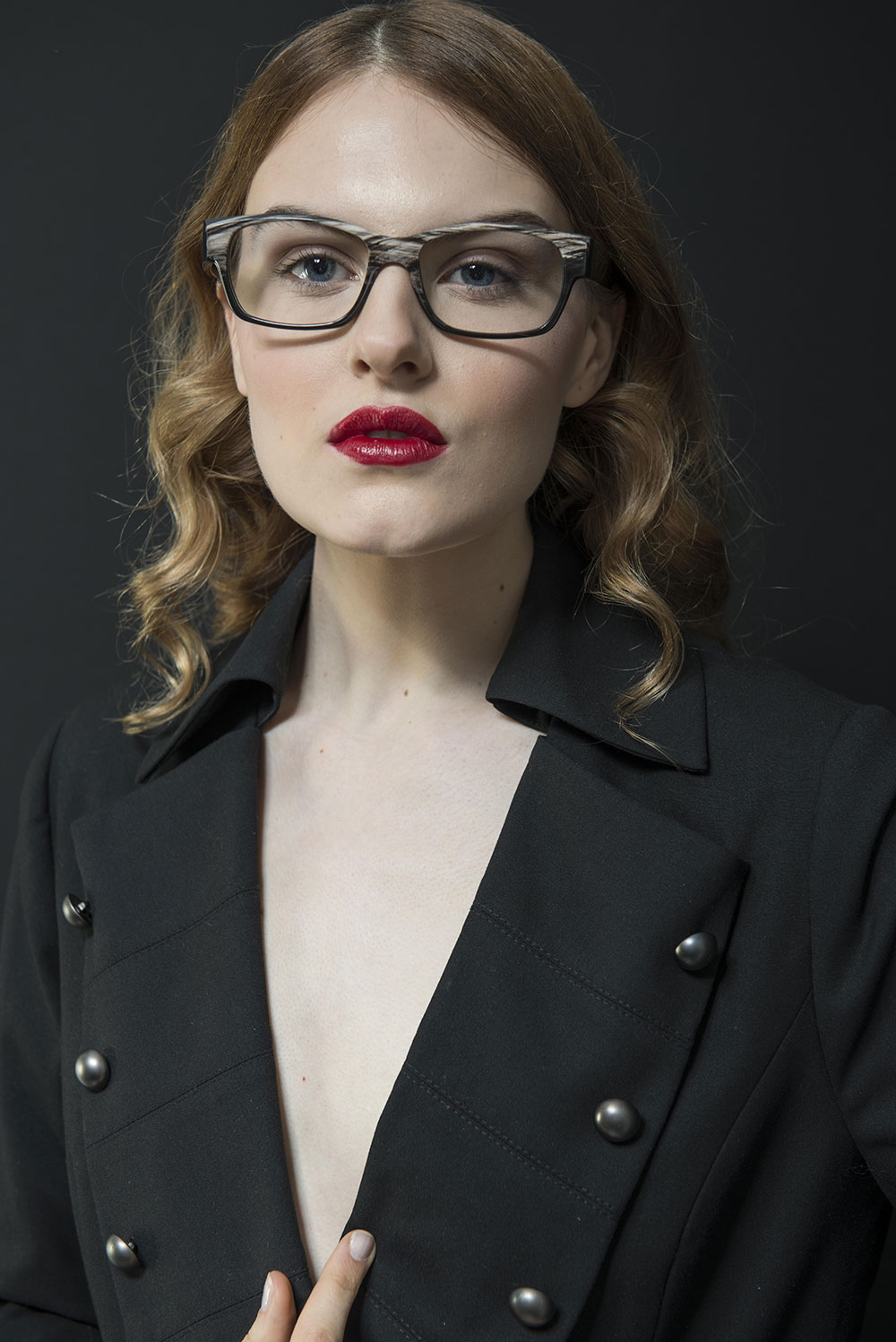 Over 11 million Americans over the age of 12 need some type of vision correction, and for many people, eyeglasses are an easy and effective way to offset nearsightedness, farsightedness, blurry vision, or the loss of close-up vision that often comes with age. At Optik Birmingham in Birmingham, Michigan, Joe Ales, OD always takes time to help you understand your various lens options and find frames that suit your face as well as your lifestyle. If you’re in the Detroit metropolitan area, call the office or schedule an appointment online today.
Over 11 million Americans over the age of 12 need some type of vision correction, and for many people, eyeglasses are an easy and effective way to offset nearsightedness, farsightedness, blurry vision, or the loss of close-up vision that often comes with age. At Optik Birmingham in Birmingham, Michigan, Joe Ales, OD always takes time to help you understand your various lens options and find frames that suit your face as well as your lifestyle. If you’re in the Detroit metropolitan area, call the office or schedule an appointment online today.
Eyeglasses Q&A
What are the different lens types?
Eyeglasses are made with two basic lens types. A single-vision lens is an all-purpose lens used to correct distance vision. A multifocal lens is a dual-purpose lens designed to correct distance vision as well as near vision. Your personal eyeglass prescription determines which type of lens you need.
If you require glasses with multifocal lenses, your prescription determines which of the following multifocal lens types you need:
Bifocals
The bottom half of these lenses contains a correction for reading and seeing up close, while the top half has a correction for distance vision.
Double-D bifocals are specialized lenses that also have an area of correction for up-close vision up at the top; these lenses are designed for people who often need to look up at nearby objects.
Trifocals
Trifocals lenses contain three areas of correction: one for near vision, another for intermediate vision, and a third for distance vision.
What are the benefits of progressive lenses?
Also known as no-line lenses, progressive lenses are bifocal or trifocal lenses that have a smooth transition between near and distance vision focal areas, instead of the traditional visible dividing lines.
Many people find progressive lenses to be more aesthetically pleasing and easier to wear, but about 10% of people who wear multifocal lenses find that the larger transitional areas on progressive lenses can be somewhat distorting.
What should I know about frame materials?
Eyeglass frames come in a wide range of metal and plastic materials, each with its own unique benefits and drawbacks. Even if frame style is a top consideration, the material you choose can help determine how comfortable they are as well as how long they’ll last.
Metal frames
Metal frames tend to be sturdy, lightweight, and resistant to corrosion. Titanium frames, which are hypoallergenic and come in a wide range of colors, stand up well to wear and tear. Beryllium frames are as flexible as they are strong, which means they’re easier to bring in for quick adjustments. Aluminum, stainless steel, and Flexon are other good options.
Plastic frames
Plastic frames tend to be more popular than metal frames because they’re usually less expensive and they come in a wide range of styles and colors. Although plastic frames tend to weaken over time, they can last for years with the right care.
Zyl, or cellulose acetate, is lightweight and easy to adjust, while cellulose acetate propionate frames are hypoallergenic. Blended nylon is often used for sports frames or wraparound style eyeglasses.
If you’re ready to find the best pair of eyeglasses you’ll ever have, call Optik Birmingham today or schedule an appointment online any time.


